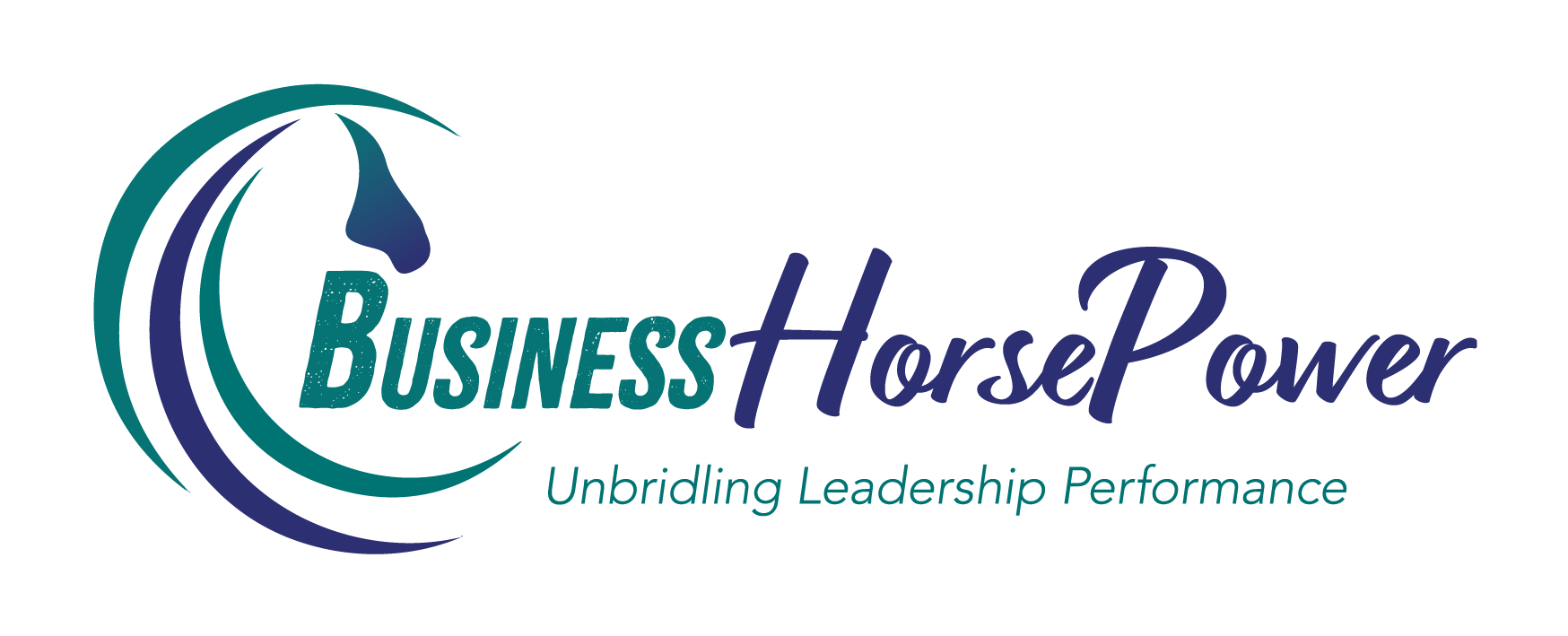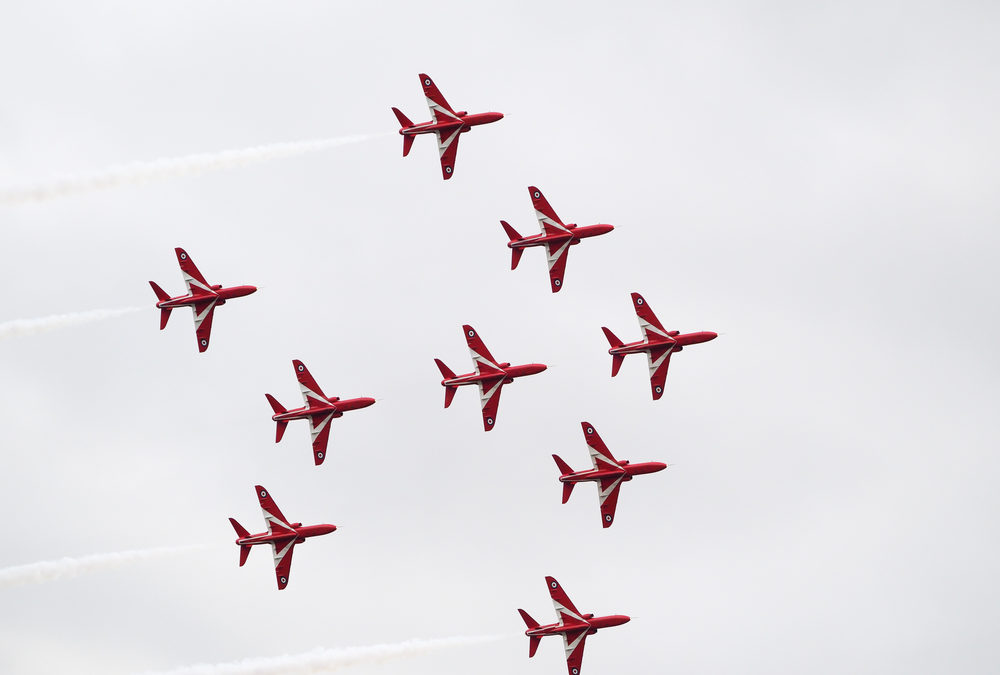The bi-ennial Farnborough Airshow is one of the largest aerospace shows in the world. During the 2016 show USD124 billion of orders and commitments were placed, so this is clearly a big deal for the aerospace industry and a time during the year when they make considerable sales that drive their revenue and profits.
For the 1,500 exhibitors creating a great experience for their potential prospects is paramount if they are to secure the business, which is why so many of the major suppliers like Boeing and Lockheed Martin invest tens of thousands of pounds in corporate hospitality.
Why do they do this? A unique corporate hospitality suite enables the company to wine and dine their prospects in a luxurious environment. It provides a sanctuary for meetings away from the hustle and bustle of the show where trust and rapport can be built up. The environment relaxes the prospect and so hopefully makes them more inclined to buy.
But the aerospace company can only do so much. A key partner in their success during the show are the hospitality companies that provide catering for them during the event. If the catering company doesn’t perform, it reflects on the company, and poor service and/or a bad experience could result in the company losing the potential order.
So it was with some trepidation that I agreed to run the corporate hospitality chalet for one of the major players. Our three-story chalet stood on a prize spot on the airfield with a magnificent view of all the aircraft landing and taking off for their demonstrations. We had two restaurants in the chalet, along with a bar and an external viewing platform.
My challenge was how to develop a high performance team from 24 individuals who had not met each other before and had never worked at this venue before. And I had to do this all within 24 hours. We often read that it takes many months to create a high performance team and maybe that is true if the team has to work together day in, day out for many months. Here rather I needed to establish a high performance team within 24 hours that could provide exemplary service for six days and then be disbanded – probably never to work together again.
These are the 7 lessons I learned in creating that team:
1) Share The Leadership
Within our chalet we split the leadership down between three of us. The chef took responsibility for the kitchen area, and myself and a colleague, Sarah, took a restaurant each, so effectively each of us was responsible for a floor of the unit. This also meant that each of us was managing a small team of between 8-10 people
2) Clearly Define Job Roles
Each of us took responsibility for certain roles within the chalet. The chef took responsibility for all food delivery and ordering food supplies. Sarah looked after breakfast service, the a la carte lunch service and afternoon champagne and canapé service. I took responsibility for the bistro buffet and bar and the conference rooms. Then within each team we allocated different roles to different team members. The key here was quickly identifying the skill set of the team members, as well as asking them what they wanted to do, and then making a judgement on the best role they could perform in the team.
3) Explain the Purpose of The Role
Since all of my team members were millennials I knew I needed to provide some context and purpose for them on what we were doing and why. Spending time helping them understand more about the air show and the massive importance that this event had to the client was instrumental in getting their buy in. After all as I reasoned with them, people buy with emotions and then justify with logic, so if we could help create an amazing experience for our clients prospects there was a great chance they would buy which in turn would make our client very happy
4) Pay Attention
Observing and paying attention to what my team were doing was a key role of mine as well as providing them with continual feedback on how they were doing. Once the team members knew I was noticing and caring about how they performed, they pushed themselves harder to improve even more.
5) Say Thank You
Keeping team members feeling appreciated for what they were doing was key because being fairly recognised for great performance makes it worth the effort. Typically this was just acknowledging a job well done, especially when given the sweltering weather conditions some of the activities had to take place in sauna like conditions. With many of the days stretching into 14 hours keeping morale up by being appreciative was critical.
6) Keep Asking For Feedback and Suggestions
Never assume you have all the answers. Daily check-ins with the team where we evaluated what we had done well the previous day and what we could do better yielded great ideas, many of which we were able to implement immediately. The result was that the team members felt they were contributing and able to influence events, whilst for the client it ensured they got even better service.
7) Model The Way – Lose the Ego
Demonstrate the standards you expect by the way you behave. Sometimes that meant I was washing up and taking out trash. When team members see that you don’t see an activity is above you, it immediately brings them on side and more likely to engage in that less than desirable task.
In part due to the great service and support that the team provided our client for the air show had a bumper year of sales and was delighted with the experience we created for them. Our success came from truly understanding that each of us had a role to play and that all of our roles synergistically worked together to create the whole. Everyone’s success was interdependent on someone else – just like in nature – and so when we all aligned with the same focus then amazing results were achieved in a really short period of time.
So are you using these high performance strategies in your business?. Even if you don’t employ team members you can use these strategies to engage your suppliers and customers.

Julia Felton (aka The Business Wrangler) is the founder of Business HorsePower. Business leaders, entrepreneurs and executives hire her to accelerate their business performance by harnessing the energy of their people to work more collaboratively together. By aligning purpose with actions the team achieves exponential results as everyone starts pulling in the same direction.
Julia believes that business is a force for good and through designing purpose-driven businesses that leverage the laws of nature, and the herd, you can create businesses founded on the principles of connection, collaboration and community that make a significant impact in the world.






